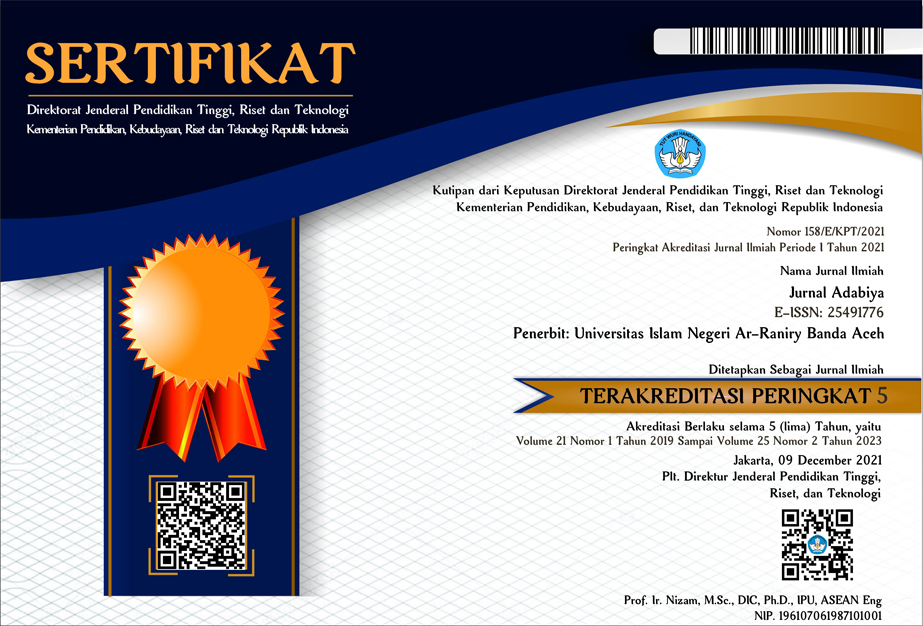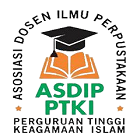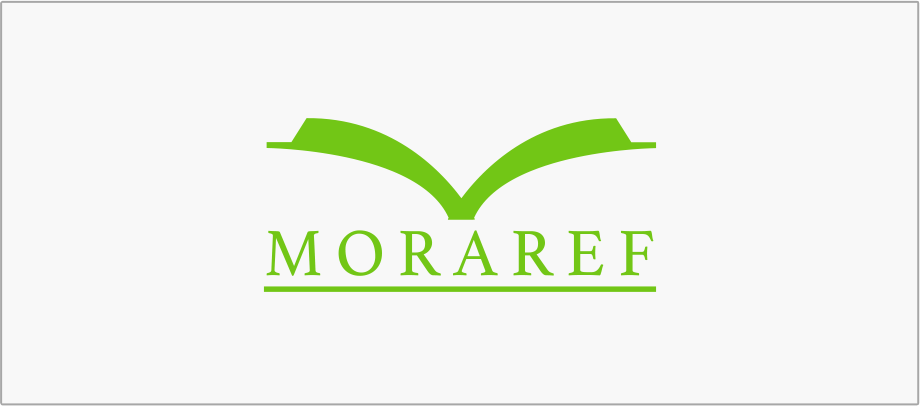The Use of Swear Words in the Movies with Different Topics and Characters
Abstract
This study was aimed at examining the use of swear word in the movies with different topics and characters. The objectives if this study were to find out the reasons of using swear word in the movies. This study was conducted by descriptive qualitative method. The source of data was transcript the movies. The data were identified, analyzed, and categorized based on L,jung ( 2012 ) theory. The technique of data collection was interactive model by Miles and Huberman ( 2014 ). The findings of the study showed that : 1. There are three ways of using swear words such as (1) interjection, (2) emphasizer, (3), expletive slot filler in each movies, but from all of that ways interjections is the most in each movies. 2. The reasons for using the swear words in the movies are psychological; and social movies.
Keywords
Full Text:
PDFReferences
Alla,keith.,burridge kate.2006.Forbiden Words : Taboo And The Censoring Of Language.cambridge:Cambridge university press
Bandura, A. (1977). Social learning theory. Englewood Cliffs, NJ: Prentice Hall.
Bandura. (1994). Social cognitive theory of mass communication. In J. Bryant & D. Zillmann(Eds.), Media effects : Advances in theory and research (pp. 61-90). Hillsdale, NJ :Erlbaum
Bogdan, R and Biklen, S. 1992. Qualitative Research for Education. Boston: Allyn and Bacon
Hubberman, M. &Miles, M.B. 1984. Qualitative Data analysis : A Source book of New Methods. Beverly Hills : Sage.
Hughes, Geoffrey.2006.An Encyclopedia of Swearing :The Social History Of Oaths Profanity Foul Language And Ethnic Slurs In The English – speaking world. United States Of America: M.E.Sharpe
Ljung,magnus.2011. Swearing A Cross-Cultural Linguistic Study. Great Britain :Palgrave Macmillan
Jay, T. (1992). Cursing in America: A psycholinguistic study of dirty language in the courts, inthe movies, in the schoolyards and on the streets. Philadelphia: John Benjamins.
Jay, T. (2000). Why we curse: A neuro-psycho-social theory of speech. Philadelphia: JohnBenjamins
Kaye, B. K., & Sapolsky, B. S. (2004). Watch your mouth! An analysis of profanity uttered by children on prime-time television. Mass Communication & Society, 7(4), 429–452.
Kaye, B. K., & Sapolsky, B. S. (2004a). Talking a “blue” streak: Context and offensive language in prime time network television programs. Journalism and Mass Communication Quarterly, 81(4), 911–927.
Odin rasyidin.2010. Kajian bentuk,kategori dan sumber makian, serta alasan pengguanaan makian oleh mahasiswa.Universitas Indonesia
Pinker,S.2007.the stuff of thought.language as window in to human nature. New York:viking
DOI: http://dx.doi.org/10.22373/adabiya.v22i1.7463
Refbacks
- There are currently no refbacks.
All papers published in Jurnal Adabiya are licensed under a Creative Commons Attribution-ShareAlike 4.0 International License. |















_(4)1.png)





